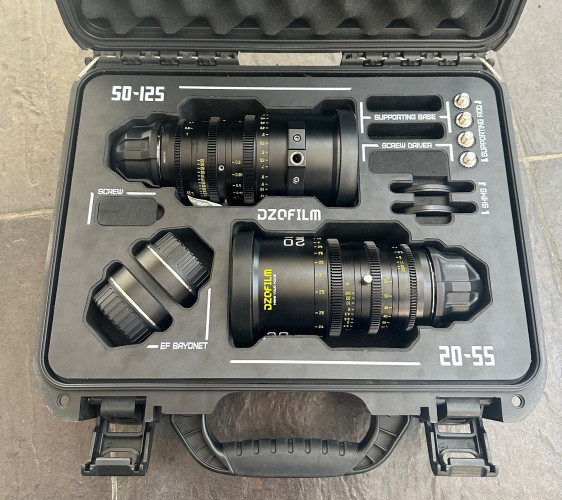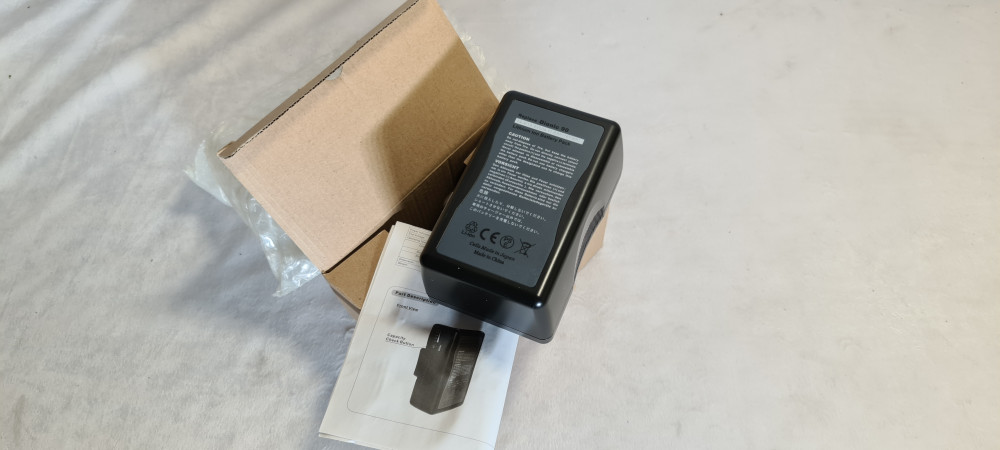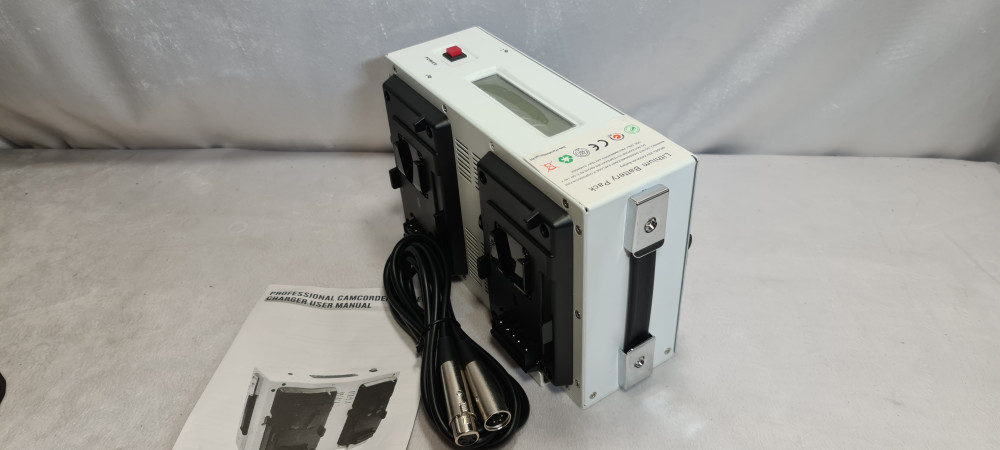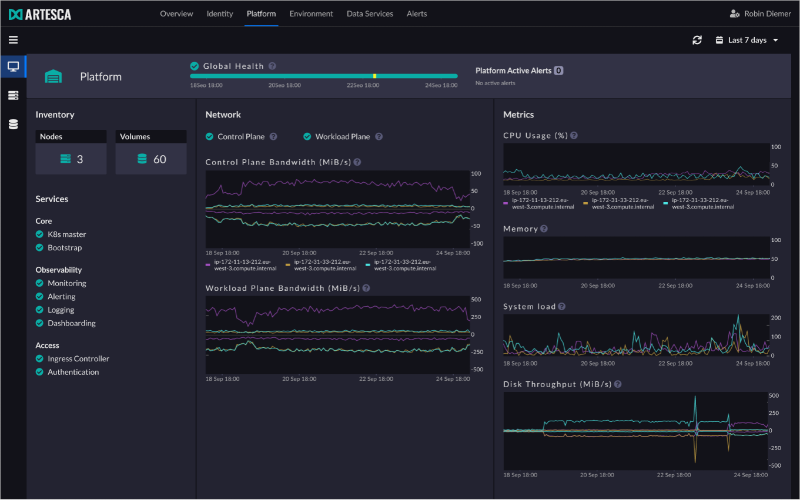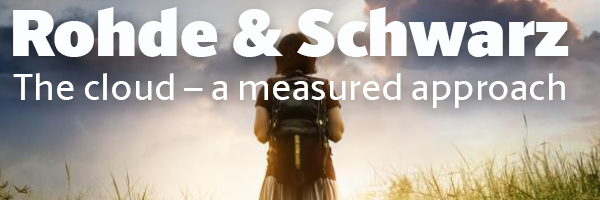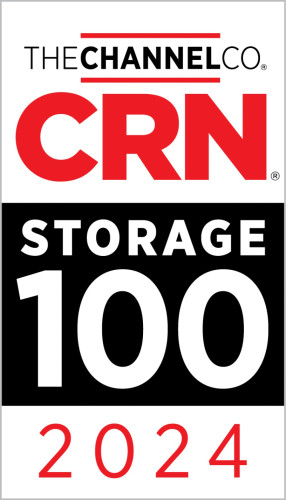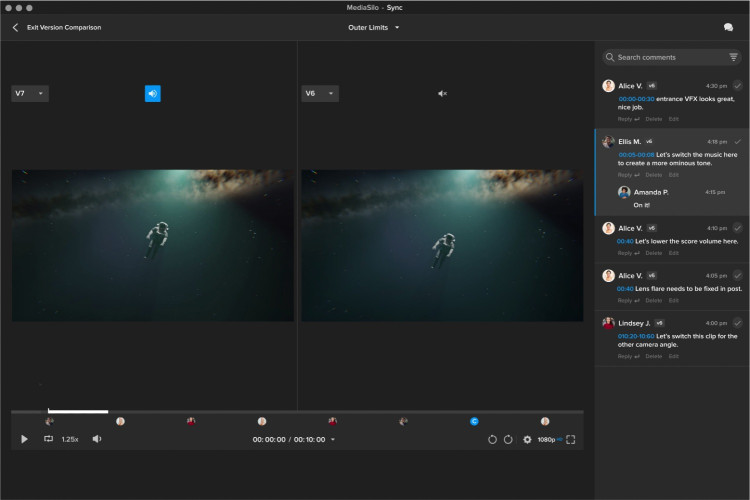According to Wikipedia The Cloud is a metaphor for the Internet in cloud computing, and cloud computing itself means using multiple server computers via a digital network, as though they were one computer. Both refer to things that have been going on for years. I can remember seeing graphic cloud symbols on computer system diagrams many years ago. So the idea of the cloud is nothing new. Indeed, just to prove it, the 10th (yes, we’ve already missed nine) annual Cloud Computing Expo (cloudcomputingexpo.com) is coming up in New York in June and the organisers claim that cloud computing is now a $120Bn market. So why are the television and media industries only recently becoming interested?
The truth is that these industries have been making use of the cloud for years but, as all established television broadcast engineers know, our industry has very special and exacting requirements. In many parts of the TV industry there has been a softly softly approach to the Cloud. As mentioned last month, programme makers really want to know where their footage is. For viewers, they rightly loathe any interruption to the flow of video. It must be continuous. Also, especially with the ever bigger and higher definition screens, picture quality is important so over-compressed video is not well received. Add those up and you may conclude that Cloud broadcasting of TV is not going to work, yet the BBC iPlayer and many others thrive. Perhaps it’s OK to have slightly interrupted, rather less sharp, and lower frame-rate footage if the programme is a re-run. After all, not long ago there was no iPlayer, so for it to work at all, it’s a bonus. Certainly I feel that way, but would I be so impressed if this was the only way I could see new programmes? I don’t think so.
There are huge native disparities between computers and professional video equipment. Computers are designed to handle large numbers of relatively small files with no guarantee of when the results will be displayed. Video equipment is designed to produce a new frame at the rate of 25 or 30 per second; otherwise it’s not suitable. Only in the last few years have broadcasters widely trusted PC-based computers to run their playout – now channel-in-a-box (the box being a PC) technology is all the rage. With carefully crafted software and correctly configured PCs they can reliably provide continuous high quality TV playout. Another moving target is the internet itself, the transport media for the Cloud, its broadband connections continue to get faster.
However, it is still true that plain vanilla internet, PCs and consumer software will probably only offer a somewhat marginal TV service that’s OK for consumers, but maybe not between six and eleven every evening, that’s not up to the needs of TV industry professionals. However help is at hand. There are companies out there looking at the limitations and providing solutions. For example, Aspera (www.asperasoft.com) states that it “designs technology to move the world’s data at maximum speed regardless of file size, transfer distance and network conditions”. Its file transfer products are built on its fasp™ file transport protocol that are “designed to meet the speed, bandwidth control, reliability, and security requirements of business-critical file transfer over any IP network (LAN, WAN, satellite, and wireless)”. That looks promising.
The truth is that, by turning to the Cloud now, the television industry is able to benefit from many years of development by Aspera and, no doubt, others. These people have been raising the performance for people who need speed, security and bandwidth every bit as much as the TV industry. So we are not alone, or that special. The value of high-speed services to others was highlighted in recent news about a new fibre link from the UK to Japan. Reports say that this 9,693-mile cable, the world’s longest, via the Canadian Arctic, will shave 62 milliseconds off the present latency between London and Tokyo. Apparently this potentially means millions of dollars for high-frequency traders who rely on ultra fast connections.
So, with that sort of technology available, or at least becoming available, in the IT and Telecom industries, this is a very good time to shift up from the ‘softly softly’ approach to the Cloud of recent years and start seriously ramping up its use for TV applications. And it’s not hard to find people who are thinking the same way.
For example, Cisco, having brought Tandberg back in 2009 for $3.4 billion, it has now announced it is splashing more of its cash on TV technology with it purchase of the NDS Group for about $5 billion. A statement ascribed to Cisco CEO John Chambers states, “Our strategy has always been driven by customer need and on capturing market transitions. Our acquisition of NDS fits squarely into this strategy enabling content and service providers to deliver new video solutions that leverage the cloud and drive new monetization opportunities and service differentiation.” I think this means that Cisco sees a great future for using the Cloud to deliver TV services to viewers. If so, it would absorb a significant portion of the available bandwidth which could, in turn, bump up the need for critical items including the internet switches that Cisco supplies. The Cloud has many uses but an expansion of good quality Cloud TV could well take a great deal of bandwidth.
The dash of TV in the Cloud is gathering pace. Another mover isAmazon that has signed a deal with Discovery Communications that will make available series from Discovery, TLC and Animal Planet on Amazon’s established Prime Instant Video platform.
Will Cloud TV be the next big thing in the internet? With big global players heavily investing to expand Cloud TV services, it seems likely.




